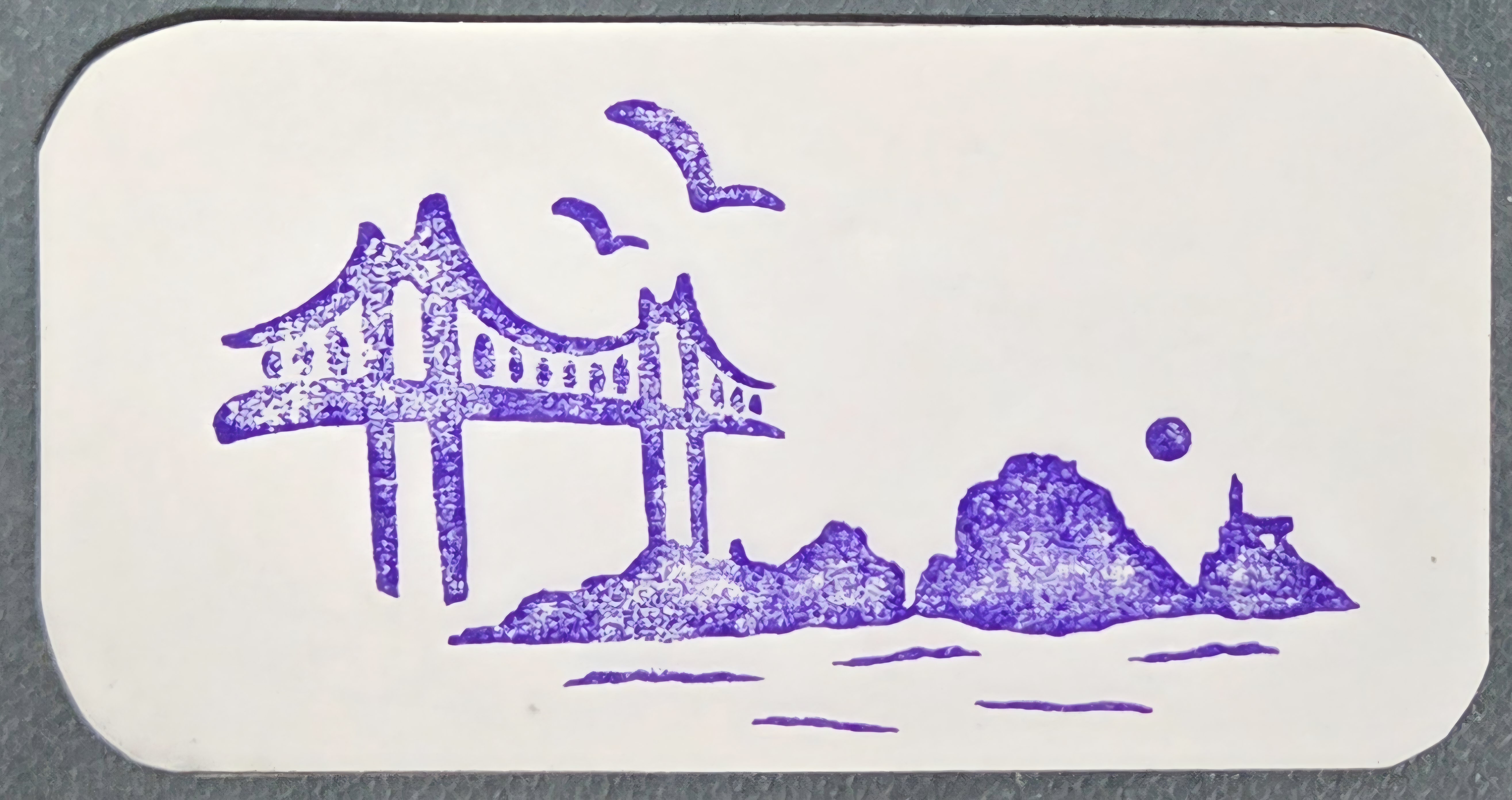The 낙동강 river has a large estuary and a number of sand hills including 을숙도.
Migratory birds congregate and forge for food around the ever changing tidal coastline where there are plenty of aquatic plants and invertebrates at low tide.
These huge wetlands have become valuable sanctuaries for waterfowl. In spring and autumn large flocks of waders stay here. In winter this area becomes the haunt of ducks, gees, swans, gulls and cormorants.
Even in a severely cold winter when the water is frozen in Central Korea, the 낙동 delta usually remains open. In these areas about 130 species of birds have so far been recorded.
Recently however the number of species of birds that migrate to the 낙동강 delta has decreased remarkably year by year.
This is due primarily to the embankment and reclamation works at the estuary,
the waste discharge from nearby manufacturing plants into the tributaries of the river and the agricultural insecticides used in the adjacent area.
낙동강은 태백산 황지에서 발원한다. 길이는 521km, 우리나라에서 삼각주가 가장 잘 발달한 곳이다. 낙동강 하구는 수심이 얕고 밀물과 썰물때 거대한 바닥이 드러난다. 갑각류, 연체동물 많다. 식물과 곤충이 살기 좋다.
남북 16km, 동서 6km, 시베리아 에서 호주에 이르기 까지 철새들의 관문이다.
새들이 좋아하는 먹이가 많다. 1960년대 말까지 철새는 100만 마리, 1987년 후 그 수가 급격히 줄었다.
낙동강 하구둑은 1983~1987 완성했다.
부산 사하구 하단에서 강서구 명지까지 2400m
홍수처리를 위해서 높이 47.5m 수문갯수 10개, 너비9m.
넓은 습지가 간척지로 바뀌면서 생태계교란이 일어 났다.
우리나라는 3면이 바다다. 하구가 330개 있는데 하구둑이 생태계를 파괴한다.
에코센터는 2007년 건설 되었다. 4075m2, 3층규모, 1층 안내실 교육실, 2층 전시관 탐조대, 3층은 영상실
인공습지에서 사계절 먹이를 찾는 새를 볼수 있다.

